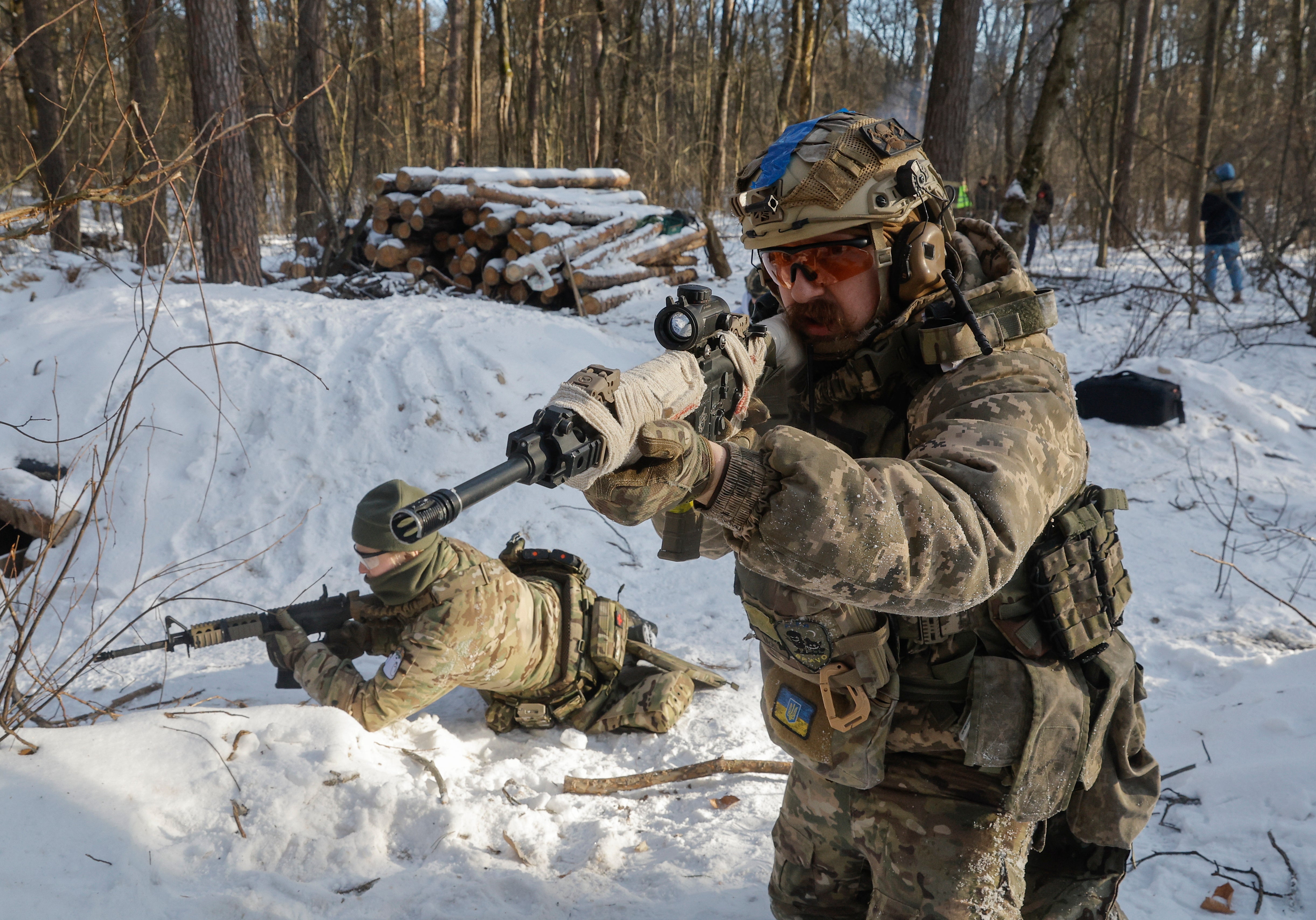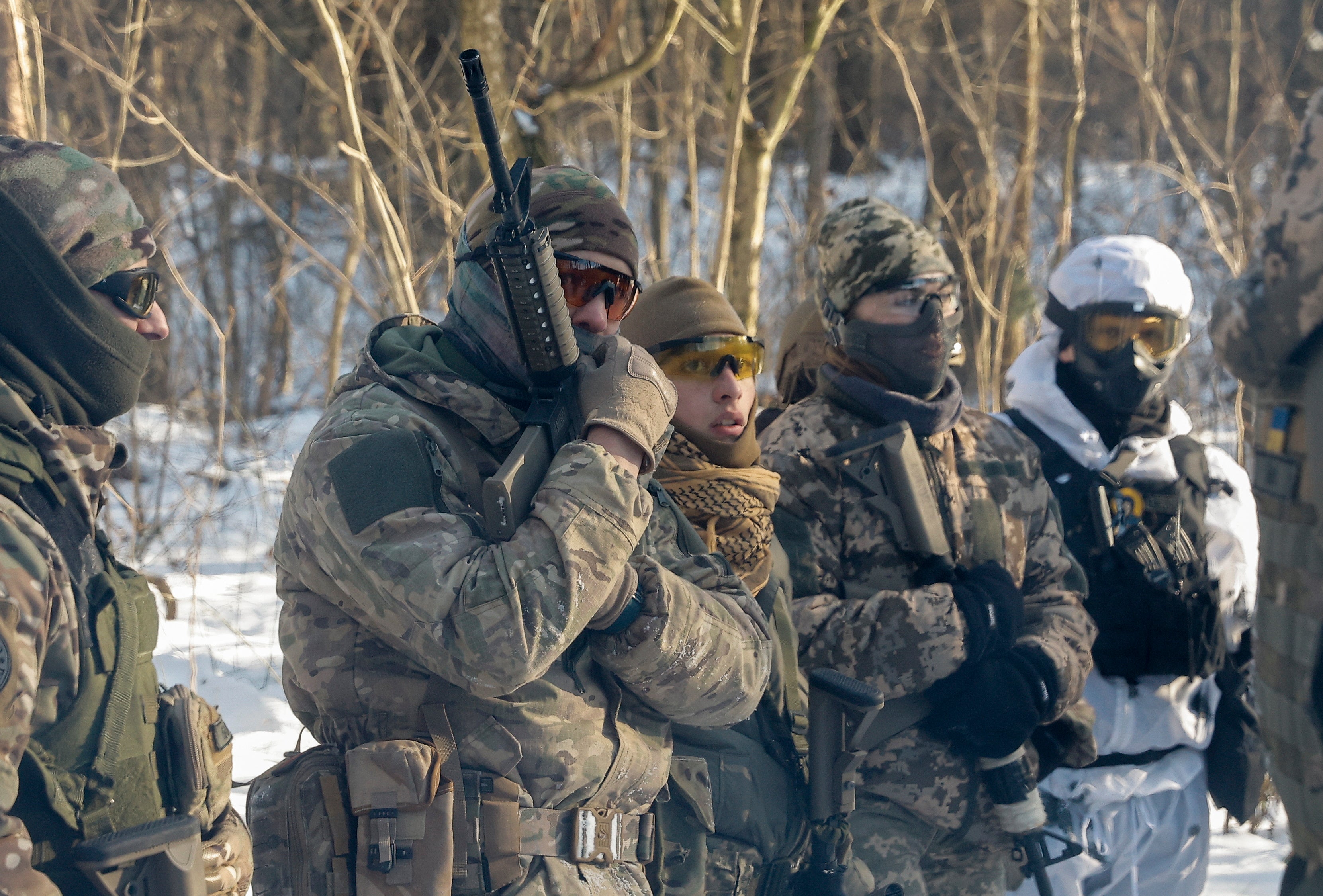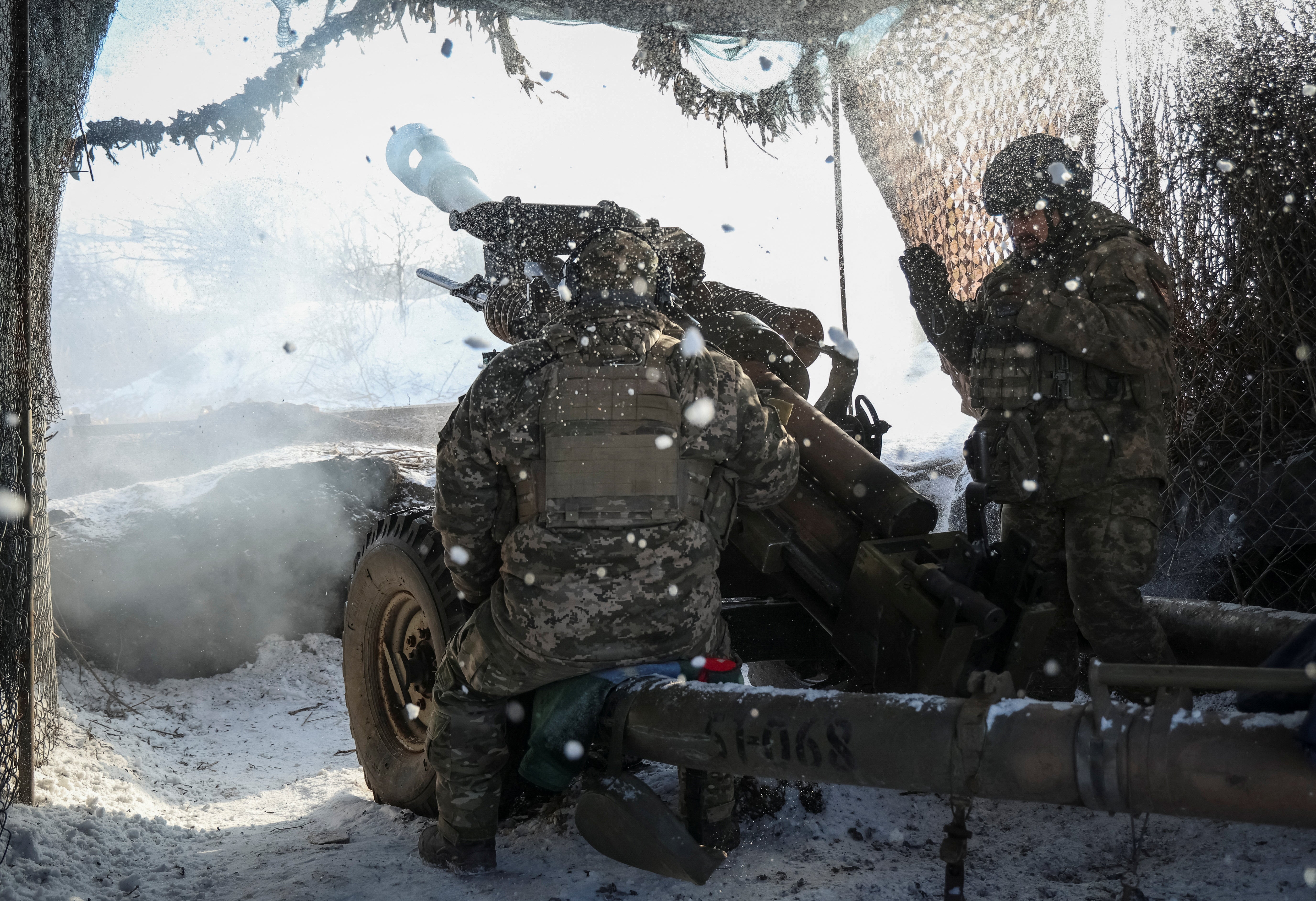US failed to track $1bn in arms shipments to Ukraine, watchdog says
Tracking of more than half of Javelins, Stinger missiles, night-vision equipment, and other items sent to Ukraine was ‘delinquent,’ DoD inspector general says
Your support helps us to tell the story
From reproductive rights to climate change to Big Tech, The Independent is on the ground when the story is developing. Whether it's investigating the financials of Elon Musk's pro-Trump PAC or producing our latest documentary, 'The A Word', which shines a light on the American women fighting for reproductive rights, we know how important it is to parse out the facts from the messaging.
At such a critical moment in US history, we need reporters on the ground. Your donation allows us to keep sending journalists to speak to both sides of the story.
The Independent is trusted by Americans across the entire political spectrum. And unlike many other quality news outlets, we choose not to lock Americans out of our reporting and analysis with paywalls. We believe quality journalism should be available to everyone, paid for by those who can afford it.
Your support makes all the difference.The US failed to track around $1bn in military aid to Ukraine for the war against Russia, an internal government watchdog has said.
The aid included advanced US weaponry, the tracking of which fell short of the Department of Defence’s standards regarding sensitive technology or weapons that may be misused or diverted, a 92-page report published by the department’s inspector general revealed.
The accounting for US aid has improved since Russia first invaded in February 2022, but as of June 2023, the tracking of more than half of the Javelins, Stinger missiles, night-vision equipment, and other items sent to Ukraine for which enhanced end-use monitoring standards were required “remained delinquent,” according to Inspector General Robert Storch.
The total value of the equipment amounts to an estimated $1.7bn, the report released on Thursday states. It doesn’t claim that any of the equipment was misused.
“It was beyond the scope of our evaluation to determine whether there has been diversion of such assistance,” the report says.

Biden administration officials have noted that the report is based on more than six months old data, ABC News reported. Officials also argued that extensive monitoring is often difficult to adhere to during a raging conflict.
Mr Storch told Congress in March last year that the enhanced end-use monitoring was “vitally important to ensure that the lethal and non-lethal tools the US supplies to its partners are accounted for appropriately and being used for their intended purpose”.

This raised issues surrounding whether the systems used can reach those goals if the requirements are not followed.
Mr Storch said at the time that enhanced end-use monitoring “was being conducted largely in accordance with the law”.
However, weeks later, Mr Storch’s office shared concerns regarding compliance.

The report states that the failures stemmed from the small number of staff doing that work as well as their limited ability to travel within Ukraine. They also noted that until December 2022, there were no procedures for end-use monitoring.
It also states that compliance went up by 27 per cent between February and June of last year. But it also noted that “significant personnel limitations and accountability challenges remain”.
Amidst the publication of the report, President Joe Biden’s request for additional aid to Ukraine is at a standstill in Congress, where Republicans are baulking at spending more money on the conflict, saying that they won’t agree to new aid being sent until stricter measures are put in place to secure the US southern border with Mexico.
The US has sent more than $75bn in aid to Ukraine since the beginning of the war.

Join our commenting forum
Join thought-provoking conversations, follow other Independent readers and see their replies
Comments